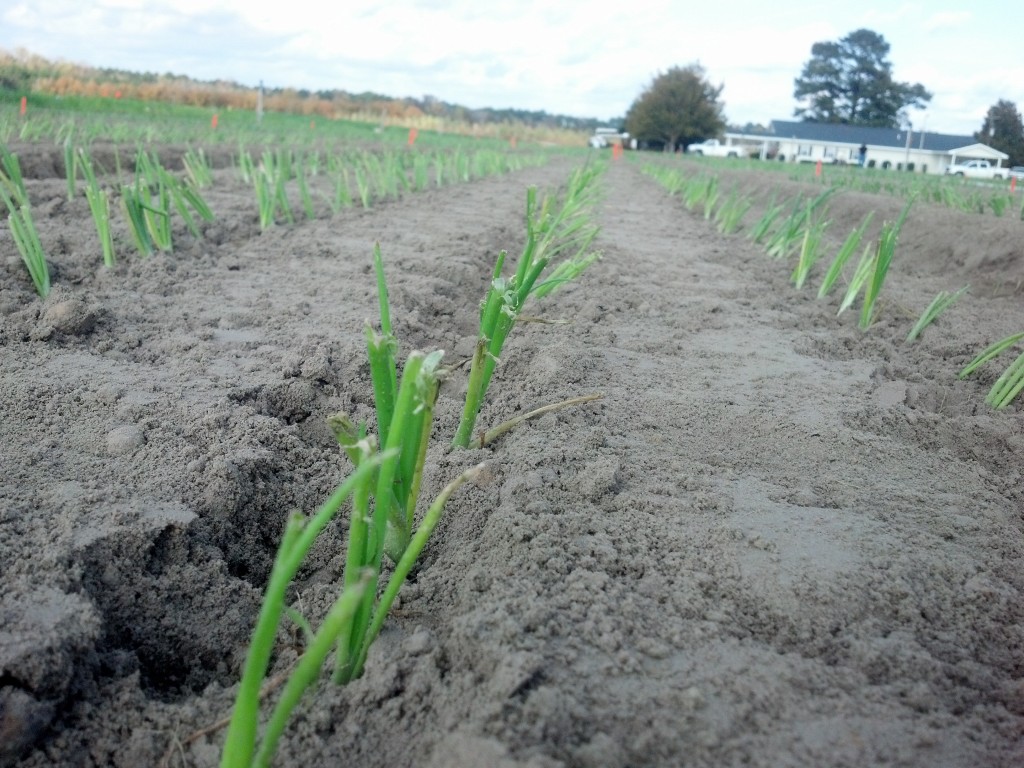Yes, stem maggot damage is very bad again this year on bermudagrass. And no, we haven’t found any new products to control it.
Dr. Will Hudson is the UGA Entomologist who has been doing research on stem maggot. Here’s his latest update:
“The fall armyworm situation is much less severe this summer, but the stem maggot (BSM) is building in numbers in most of the southern 2/3 of the state. We’ve seen this pattern before, and our standard recommendation is that hay producers everywhere in the state should be watching closely as they begin the July cutting for signs of BSM activity. If there is damage in July, you can count on more in the August crop and a treatment may be warranted. Continuing research with insecticide control of BSM has shown that spraying a pyrethroid (active ingredients that end in –thrin, like cypermethrin, cyfluthrin, etc) 7-10 days after cutting will reduce damage in the next crop. Under good growing conditions and light to moderate pressure from the flies, one application may be enough. Heavy pressure or poor growing conditions that slow the grass down may require a second application 7-10 days after the first.
At this point, we have no research results that show efficacy for any other insecticide active ingredients except the pyrethroids. Materials like Dimilin or those containing spinosad or chlorantraniliprole are good choices for armyworm control but do not appear to affect BSM. We have not found anything that provides residual control of the maggots, and nothing is more effective at killing the adult flies than the pyrethroids. For best results, slow down and apply as high a spray volume as your equipment and situation allow. “
Here is a refresher on what stem maggot damage looks like :

Last week, I found some Bermudagrass Stem Maggot Damage in a Bermudagrass hay field. Luckily, it had already been cut and we saw the damage in a narrow strip where the cutter missed. You can see what the damage looks like in the picture above. The top 2 blades of grass on the stem turn completely brown. When you see this over a whole field, those brown blades at the top will give the grass a “frosted” appearance.

